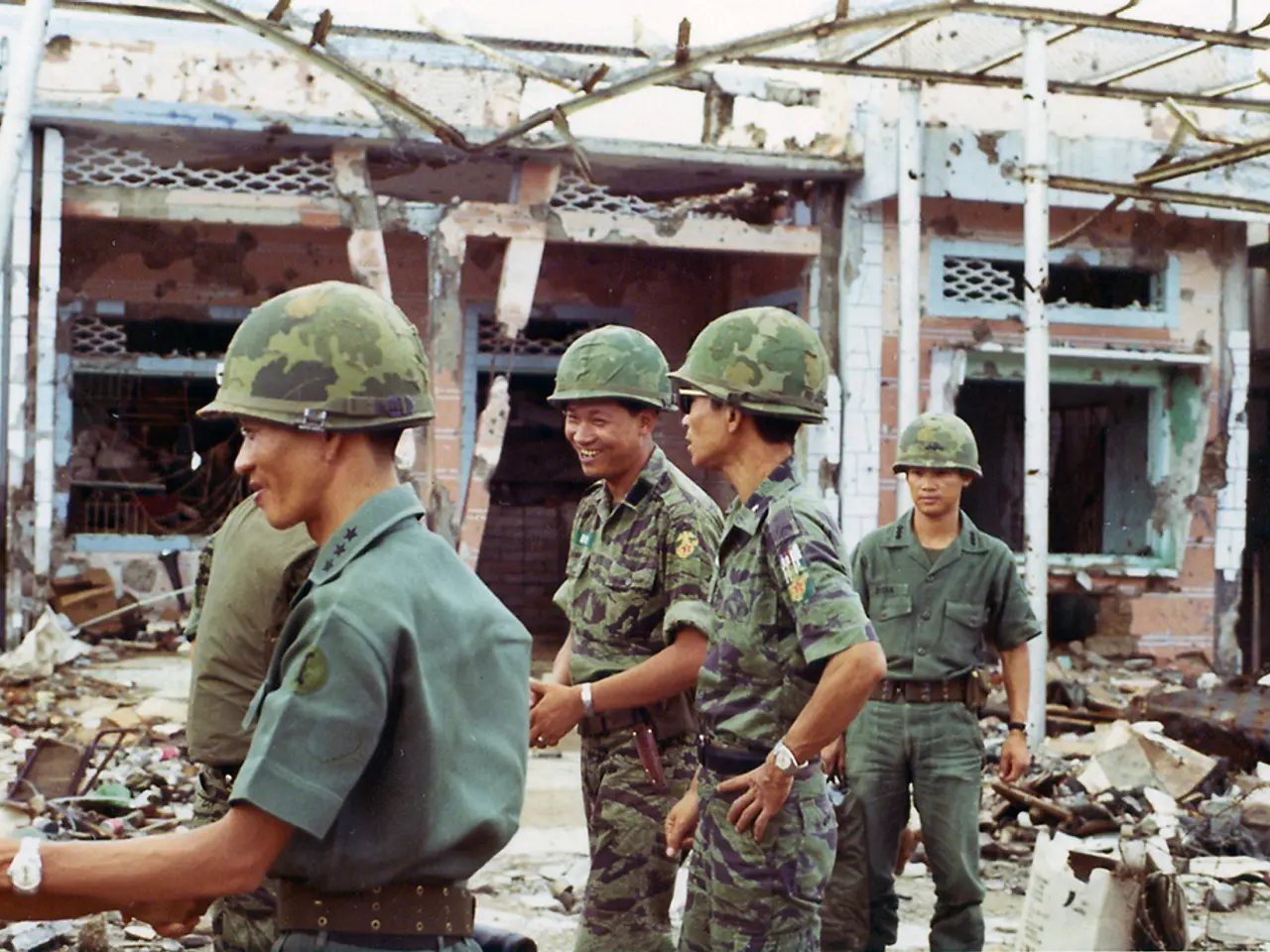Moving Refugees Across the Brenner Pass on May 18, 1945
Italian Prisoners of War and Forced Laborers Repatriated via the Brenner Pass
After the end of World War II, a significant number of Italian prisoners of war and forced laborers returned to their homeland from Austria, traveling through the Brenner Pass. This route, connecting northern Italy with Austria, was a key transit path for repatriation due to its strategic geography.
The journey began in Austria and concluded in Italy, with the prisoners-of-war and laborers passing through cities such as Bolzano, Verona, and Innichen. These locations served as crucial transit and processing points during their return.
Bolzano, located near the Brenner Pass and Innichen, was one of the first stops for the returning individuals. Upon arrival, they were provided with food and other necessary provisions. From Bolzano, the journey continued to Verona, where they were distributed to various regions across Italy.
The return journey led through the Brenner Pass, a crucial corridor that had been used for military and civilian movements throughout history. Innichen, a border town close to the Brenner Pass, was also part of these return routes due to its strategic location.
While detailed accounts of the exact route taken by these individuals may not be extensively documented, it is historically established that prisoners-of-war and forced laborers were returned through northern routes like the Brenner Pass. This was a part of the wider postwar population movements, which included the migration of Italian ethnic populations displaced from territories lost after the Paris Treaties of 1947.
In summary, Italian POWs and forced laborers were repatriated post-World War II via the Brenner Pass corridor, passing through Bolzano, Verona, and Innichen, which were major transit points on the route from Austria to Italy. This facilitated their return home in the immediate postwar period.
[1] For more information on the broader context of postwar population movements, refer to relevant historical sources.
- The strategic geography of the Brenner Pass, connecting northern Italy with Austria, facilitated the repatriation of Italian prisoners of war and forced laborers after World War II, as they traveled through cities such as Bolzano, Verona, and Innichen.
- The journey of the Italian prisoners-of-war and laborers post-WWII involved passing through cities like Bolzano, Verona, and Innichen, and followed historical trade routes, including the Brenner Pass, which had previously been used for military and civilian movements during war-and-conflicts and periods of general-news.






